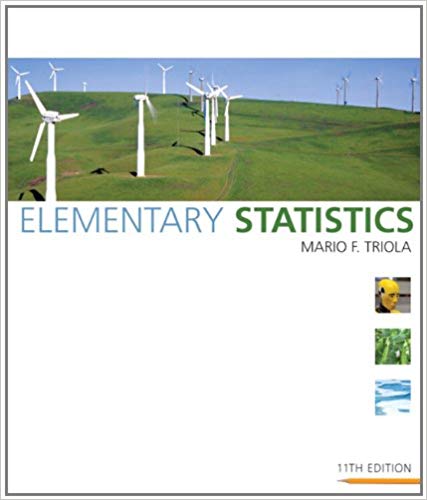Amounts of recent political contributions are randomly selected, and the leading digits are found to have frequencies
Question:
Amounts of recent political contributions are randomly selected, and the leading digits are found to have frequencies of 52, 40, 23, 20, 21, 9, 8, 9, and 30. (Those observed frequencies correspond to the leading digits of 1, 2, 3, 4, 5, 6, 7, 8, and 9, respectively, and they are based on data from ?Breaking the (Benford) Law: Statistical Fraud Detection in Campaign Finance,? by Cho and Gaines, American Statistician, Vol. 61, No. 3.) Using a 0.01 significance level, test the observed frequencies for goodness-of-fit with Benford?s law. Does it appear that the political campaign contributions are legitimate?
Benford?s Law. According to Benford?s law, a variety of different data sets include numbers with leading (first) digits that follow the distribution shown in the table below.

The word "distribution" has several meanings in the financial world, most of them pertaining to the payment of assets from a fund, account, or individual security to an investor or beneficiary. Retirement account distributions are among the most...
Step by Step Answer:






